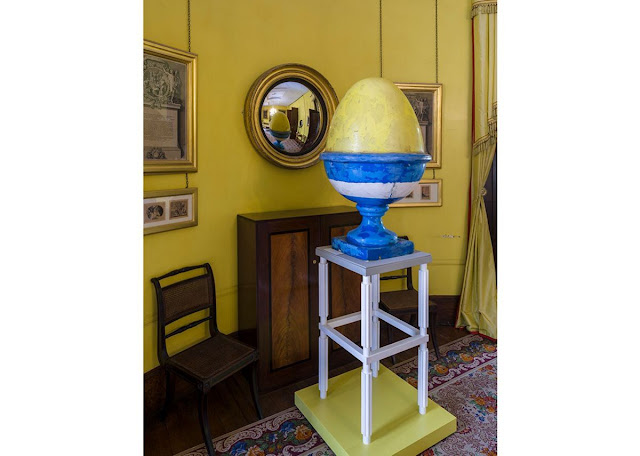 |
| The best photo I can find of Tracey Thorne walking. |
Tracey Thorn is OK by me. She said some nice things about my book The Lost Art of Walking, and now she’s written a second memoir Another Planet: A Teenager in Suburbia, the title of which says it all, about growing up in Brookmans Park, a place I’d certainly never heard of. Unsurprisingly, as a teenager, she has arguments with her parents
“I told them I wanted to marry a poet and live in London. I wanted to get out. I couldn’t understand why they had ever moved here in the first place. Why would anyone want to? Who would choose suburbia? It’s for squares, for drones, worst of all, for PARENTS, who love it for the quality of life it offers. Young people don’t care about such things as comfort and cleanliness – they want culture, and nightlife, and energy. There are no clubs or pavement cafes in suburbia. You can’t explore it at night, as – say – Dickens walked the streets of London. Who walks around suburbia at night? You can’t be a suburban flâneur. Suburbia is for those who want a quiet life with no alarms or surprises. It goes to bed early, and after dark, when a teenager comes alive, the streets are silent.
No wonder we looked at suburbia and wanted to burn it down.
I will say only a coupla things, that you can have better arguments with your parents even if you don’t live in suburbia, and even if you don’t want to marry a poet. I will also say that some of us do in fact enjoy being nocturnal, suburban flâneurs. And it’s not just me, it’s Jack Kerouac too, apparently, as here in The Dharma Bums
“Everything was fine with the Zen Lunatics, the nut wagon was too far away to hear us. But there was a wisdom in it all, as you'll see if you take a walk some night on a suburban street and pass house after house on both sides of the street each with the lamplight of the living room, shining golden, and inside the little blue square of the television, each living family riveting its attention on probably one show; nobody talking; silence in the yards; dogs barking at you because you pass on human feet instead of on wheels. You'll see what I mean, when it begins to appear like everybody in the world is soon going to be thinking the same way and the Zen Lunatics have long joined dust, laughter on their dust lips.”
 |
| The best pictures I can find of Jack Kerouac walking. And yes, I do realize it's not night, and he's not in a suburb. |
Kerouac never married a poet but he did date and/or marry a lot of women who subsequently went on to write memoirs detailing what a shit he was.
























































